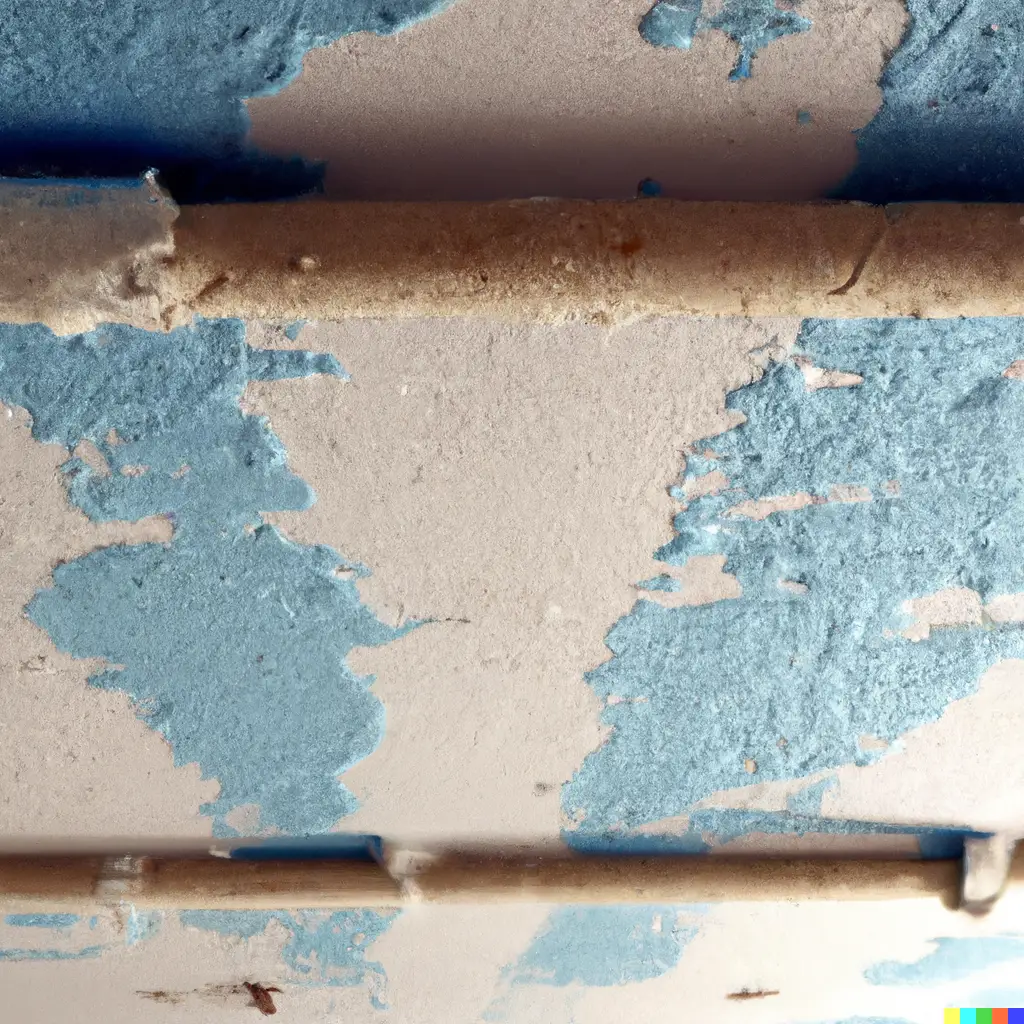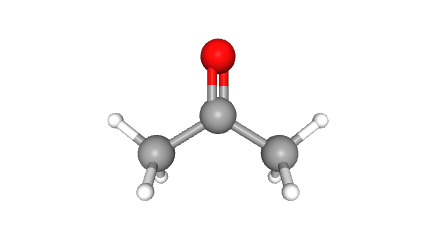Acrylic paint is a versatile and safe art material. However, you might need to strip and remove acrylic paint when you got paint somewhere that you don’t want. In that case, you can use several liquids and materials depending on your situation to strip and remove acrylic paint.
Acrylic paint can be stripped and removed efficiently using acetone and chemical paint strippers, especially if painted on a prepared surface and finished with a coating. On unprepared and uncoated surfaces you can use water, rubbing alcohol, vinegar, baking soda, and ammonia.
Other than these liquids you can use melamine foams such as a Magic Eraser to remove small acrylic painted areas. If the painted surface is small, less prepared, and unfinished it is easier to remove and strip acrylic paint in less harmful ways.
What can strip and remove acrylic paint?
Acrylic paint can be dissolved and stripped using strong solvents like acetone or chemicals used in paint strippers. As the solvents or chemicals work their way into the acrylic paint film, it will soften and eventually deform acrylic paint film making it easy to scrape or peel off acrylic paint.
Strong solvents and chemicals should be used with caution as most of them are flammable and have health hazards. Also, you will not be able to use strong solvents and chemicals on synthetic materials like plastic and fiber as they can also be dissolved in the chemicals.
If there are only paint spills and splatters, you can remove them easily using water (hot or cold) first. If it didn’t work you can use rubbing alcohol, baking soda, vinegar, ammonia, WD-40, or melamine foam like Magic Eraser.
Other than decomposing acrylic paint intentionally with chemicals and solvents, acrylic paint has good oxidative and UV stability. Also, it might be harder to dissolve other plastics such as acrylic sheets as they are more resistant to solvents and chemicals.
I have written a whole article about fixing a messed-up acrylic painting. You will learn the best ways of fixing acrylic painting mistakes in each situation as well as what works the best and what doesn’t work well there.
What acrylic paint is made up of?
Acrylic paint is made up of pigment suspended in acrylic polymer emulsion. A polymer emulsion has acrylic polymer particles and pigments floating throughout water stabilized by surfactants. These acrylic polymer particles are smaller than the width of human hair and can only be seen through a powerful microscope.
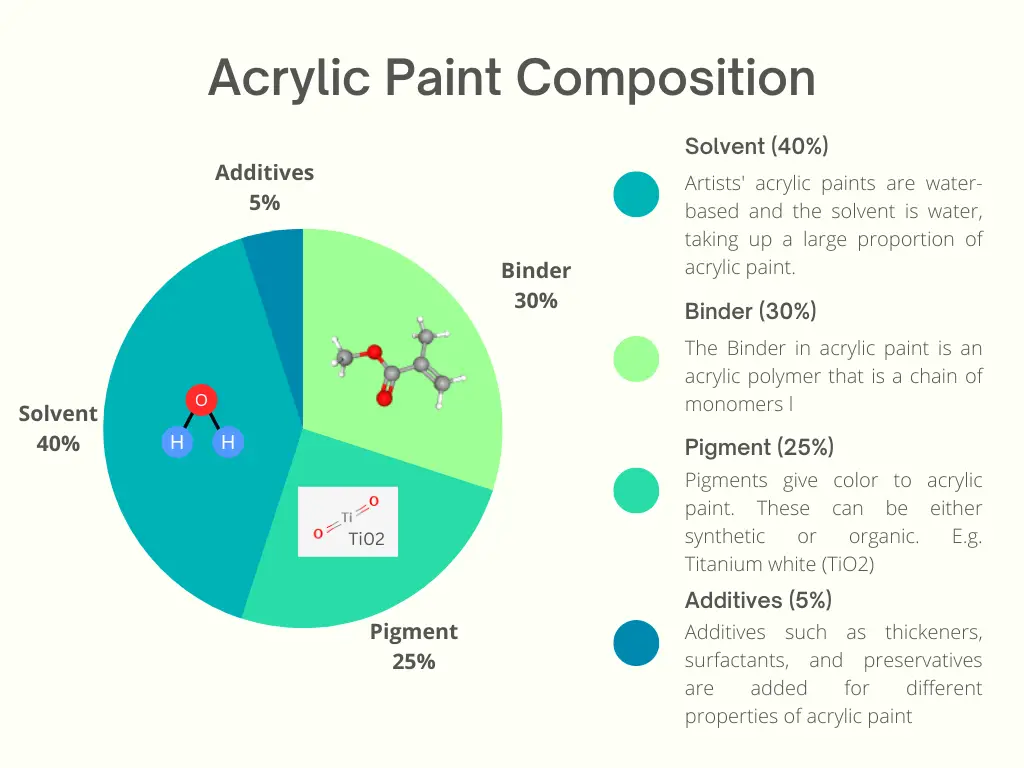
Acrylic paint is made from acrylic polymers which are plastic. Types of acrylic polymers or acrylates used in acrylic paint are poly(methacrylate) (PMA), poly(methyl methacrylate)(PMMA) and poly(ethyl methacrylate) (PEMA).
Pigments in acrylic emulsion give color to acrylic paint. Additives are added to thicken acrylic paint, keep the paint wet in the container, reduce the formation and add preservatives to keep them longer.
The acrylic paint drying process
When acrylic paint is drying water and solvents evaporate from the paint film. The first stage of drying is dry to touch phase where the skin is formed over the paint surface. This takes from a second to a few minutes. The second stage of drying is where water and all the solvents evaporate in the acrylic paint film.
In the second stage of drying, acrylic paint hardens and fully adheres to a surface. When acrylic paint is in dry to touch phase, the paint has water and solvents without fully adhering to the surface.
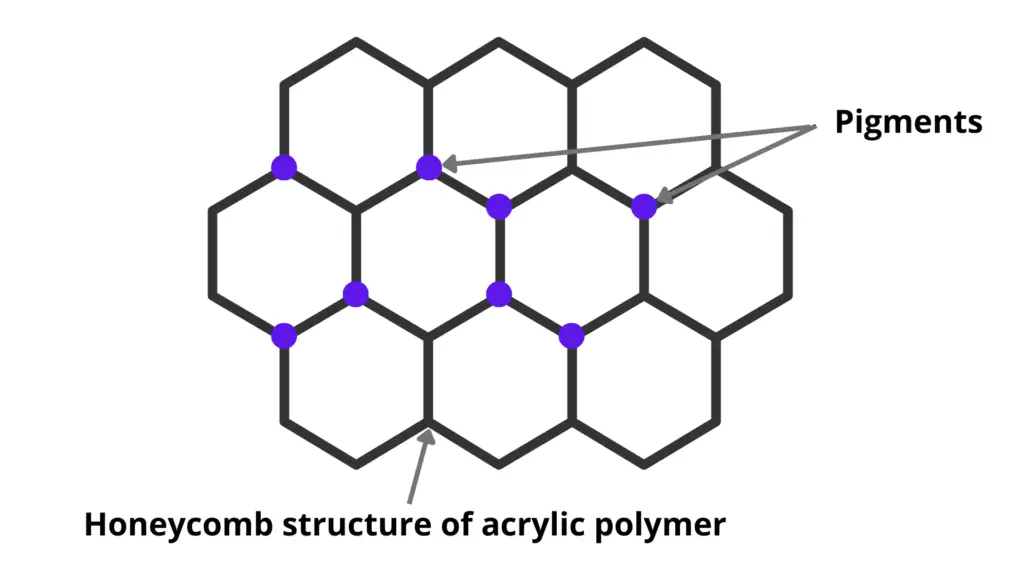
If you paint with acrylics in very thin layers the fully drying process only takes a few days. But if your paint layers are 1/4 inch thick, it will take months and even years to dry (source). Also if an acrylic medium like acrylic gel is not fully dried it may become cloudy with moisture penetration. Giving enough time for acrylic paints and mediums to dry, you will see the complete physical properties of acrylic paint.
11 Liquids and things to strip and remove acrylic paint
Following is a table summarizing 11 liquids and materials you can use to strip and dissolve acrylic paint. Follow the directions and safety precautions when using each of these chemicals or materials.
| Liquid or material | Surfaces to use on | Directions | Cautions | Price (USD) |
| 100% Acetone | Would work best on non-porous rigid surfaces. Do not use on fiberglass, plastics, or any other synthetic surface | Let the surface soak in acetone for an hour. Then scrape or scrub the melted paint | Extremely flammable. Do not use it in heat, near the fire, spark, and other sources of ignition. Use with caution | 15¢/oz |
| Water (universal solvent) | Any surface would do. Be careful with melting surfaces like plastic when using hot water | Pour boiled or plain water onto the painted area and scrub or scrape. You can also use a water steamer. | The safest of all unless boiled and steamed | free |
| Rubbing alcohol | Canvas, walls, wood, nonporous surfaces (glass, plastic, metal), skin, maybe fabric | Keep the surface soaked for several minutes and start scrubbing | Flammable and do not use near an open flame. Eye contact and ingestion should be avoided. Safer for the skin. | 1.25USD/oz |
| Vinegar | Can be used on many surfaces except on metal | Soak the painted surface in vinegar for about an hour. After the paint is softened scrape or scrub to remove the paint | Can be harmful if swallowed, or inhaled in large quantities. Acetic acid may cause reproductive toxicity | 0.18¢/oz |
| Chemical paint strippers | Wood, metal, and masonry surfaces, are not recommended to use on fiberglass, plastics, or any other synthetic surface | Let the paint stripper sit on the surface until the paint is completely blistered or liquefied and then scrape or pressure wash | Only use with adequate ventilation. Protect hands with chemical-resistant gloves and eyes with chemical splash goggles and wear a NIOSH-approved respirator. | 11¢/oz – 42¢/oz |
| Oven cleaner | Any porous or nonporous surfaces except aluminum surfaces | Spray and wait 2 hours or overnight for the foam to penetrate the paint. Then Wipe clean with a wet sponge, cloth, or paper towels | Contents under pressure. Do not expose to heat or store at temperatures above 120 degrees F (49 degrees C). Wash hands with soap and water after use | 30.8¢/oz |
| Baking soda | Can be used on plastic, rubber, leather products, fabric, metal (can be damaged), and glass | Mix some baking soda in hot or boiling water, then immerse the surface with paint for an hour or more until the paint loosen up | Sodium bicarbonate is considered a safer compound according to EPA Safer Choice. | 19¢/oz |
| Magic Eraser | Works on any surface | Best to remove smaller paint stains | Do not use on skin or other parts of the body | 1.32USD/Count |
| Heat gun | Works on nonmelting surfaces | Inefficient as the paints need to be heated until the acrylic paint bubbles | May produce harmful fumes as acrylic paint (plastic) is heated | 19 USD/ count |
| WD-40 | Works best on metal surfaces | Effective in removing small paint splatters | Extremely flammable aerosol. Keep away from heat. May cause eye and respiratory irritation upon contact. Skin contact may cause drying of the skin. | 62 ¢/oz |
Other than the above-mentioned liquids and materials some use oils like coconut or olive oil to remove paint, especially on the skin. Some use Murphy® Original Formula oil soap to remove small paint spills and splatters-despite the name, Murphy®oil soap does not have oil in it.
Some even love to use Trisodium phosphate (TSP) mixed with water to clean up acrylic paint. It is usually used to prepare a surface for repainting by removing grease, dirt, and other residues.
1. Acetone
To remove acrylic paint, soak the acrylic painted surface in acetone for about an hour. Instead of directly soaking the surface with acetone, you can wrap it around an acetone-soaked paper towel and then cover it with an aluminum foil to prevent it from evaporating. Acetone work best on non-porous rigid surfaces. Do not use on fiberglass, plastics, or any other synthetic surface
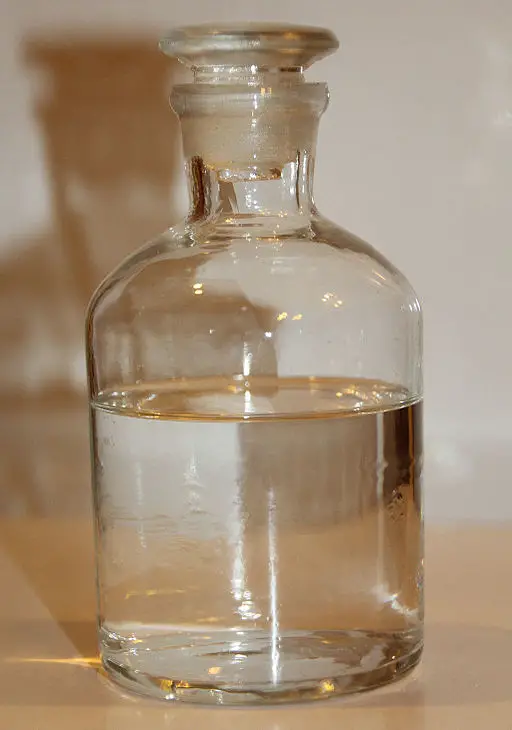
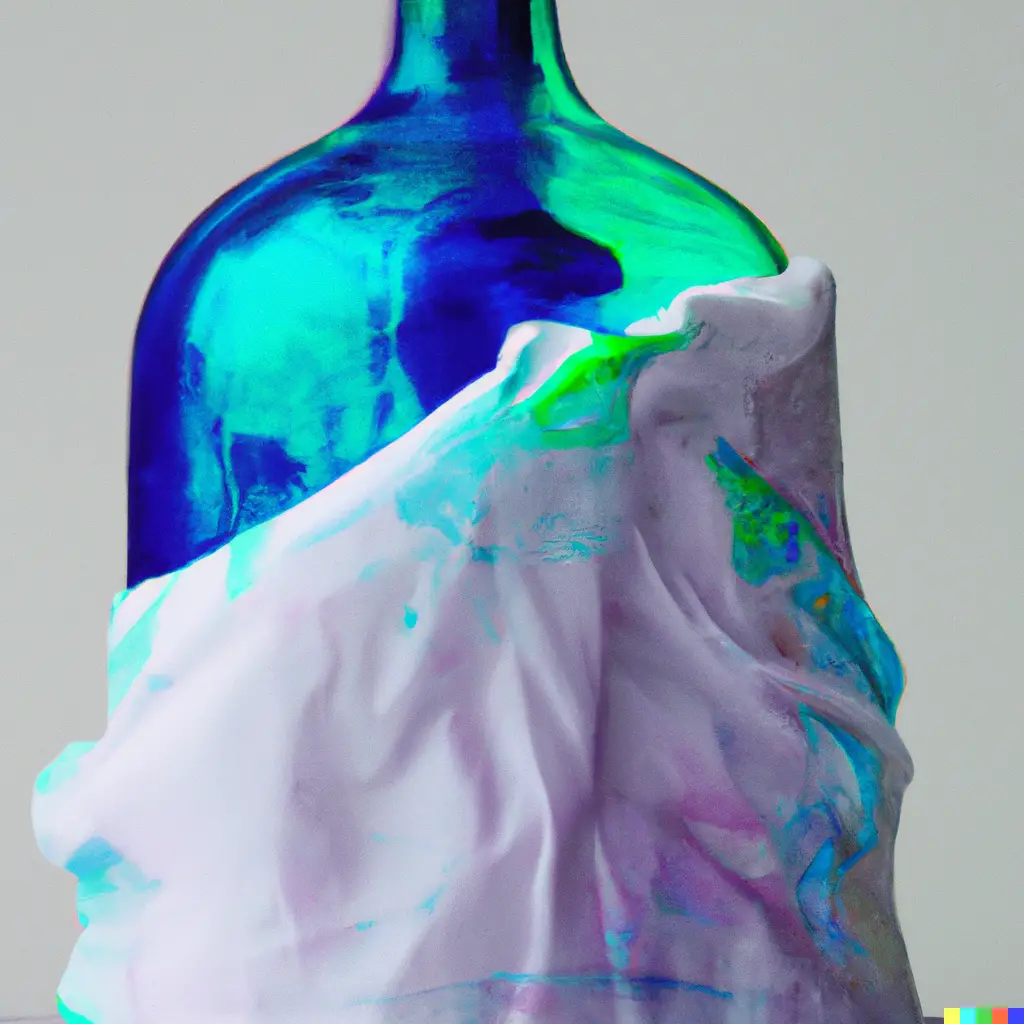
You can also put wax paper over the acetone-soaked surface. After an hour try pulling the wax paper off the surface. If the paint is melted it will come right off with the wax paper. However, do not use acetone on a very large area as it can increase fire and health safety dramatically.
If the acrylic paint is melted well, you can use a nylon brush to remove the paint without scratching the surface. Other than that you can use putty knives, steel wool, a pressure washer, etc. to get melted paint off of the surface. If removing paint from concrete use a metal bristled brush to scrub off melted acrylic paint.
Acetone ((CH₃)₂CO) is a strong and versatile organic solvent due to its ability to dissolve both polar and nonpolar solvents. Likewise, it is readily soluble in water. It is widely used to manufacture plastic, drugs, fiber, and other chemicals such as nail polish removers in cosmetics.
However, caution should be taken with acetone as it is a highly Flammable liquid and vapor. Do not use it in heat, near the fire, spark, and other sources of ignition. Avoid contact with eyes, and skin, and avoid swallowing and breathing acetone at all costs. You will need medical attention if inhaled, in eye contact, and if ingested.
Always wear personal protective equipment like chemical-resistant gloves for hands and chemical splash goggles for eyes and wear a NIOSH-approved respirator and protective clothing.
However, according to Environmental Protection Agency (EPA), acetone is not considered a Volatile Organic Compound (VOC). Therefore it is also used in paint strippers where VOC use is strictly limited.
2. Water
Water is one of the best solvents you can use to remove acrylic paint if acrylic paint is not fully dry or hasn’t adhered to the surface well. Simply soak the surface for some time in room temperature water or hot water and then start scrubbing to remove acrylic paint. This works best on unprepared surfaces. Consider water as your first line of treatment when removing acrylic paint.
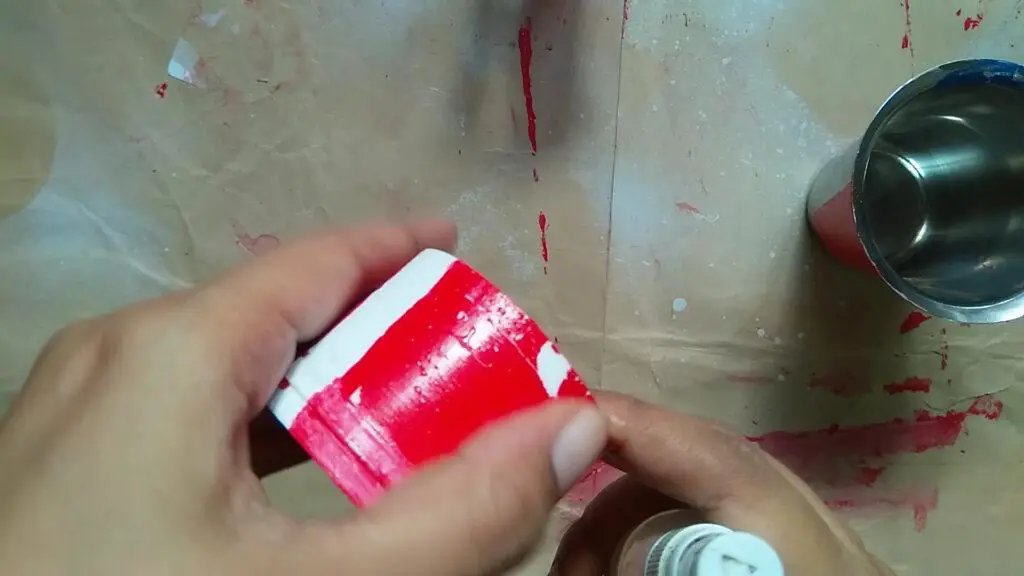
You can use a pressure washer, putty knife, or hard bristled brush to scrub or scrape acrylic paint off the surface. To scrub concrete you can use a metal bristled brush. Water is the safest and most free way of removing acrylic paint.
Another way you can remove acrylic paint from a surface is by steaming. Take a steamer- this can be the one you use for clothes- then point the steamer at the paint that you want to remove. Start at a lower temperature and slowly increase. Steam for 30 – 40 minutes until acrylic paint curls up on the surface. Now you can remove the lifted paint with a paint scraper.
3. Rubbing alcohol/ Isopropyl alcohol
Rubbing alcohol or isopropyl alcohol is another best solution if water is not working on removing acrylic paint. Rubbing alcohol works on canvas, wood, skin, fabric (has a mild effect on fabric and may even damage the fabric), glass, plastic, metal, and prepared walls. As you can see rubbing alcohol is safer to use on many surfaces including plastic.
You can soak the surface in rubbing alcohol for an hour for the best results. Or so or use a cotton ball soaked in rubbing alcohol and rub it on the surface. Then scrub with a rag or a scraper. Alcohol essentially breaks down acrylic paint and removes it from the surface. However, it is not as efficient as acetone or paint strippers.
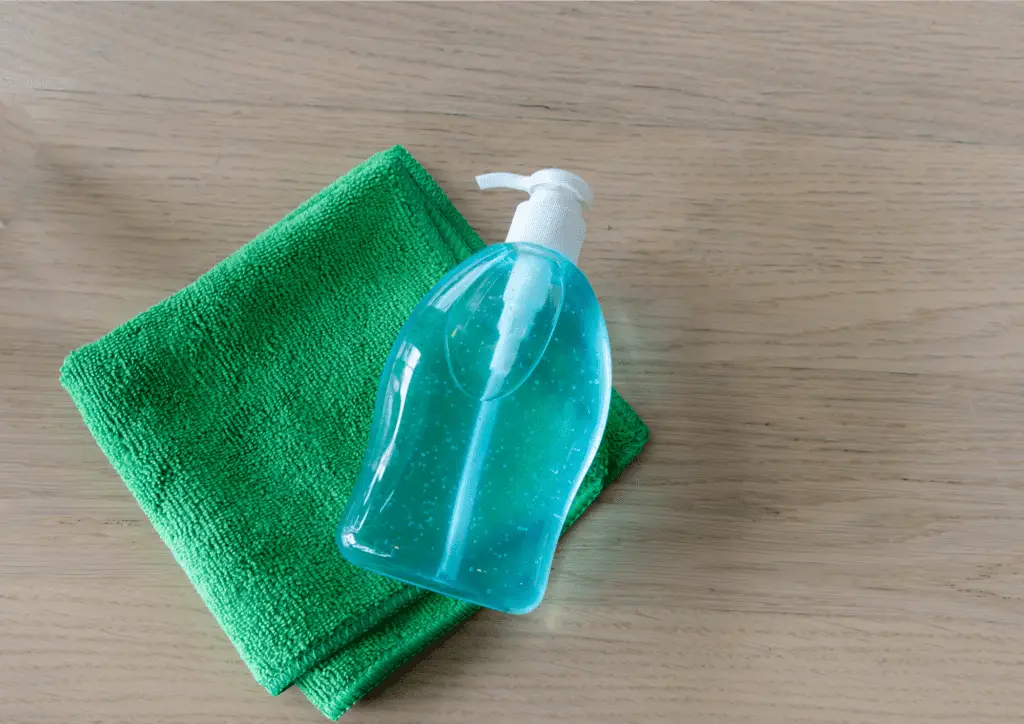
Precautions should be taken as isopropyl alcohol is a highly flammable liquid and vapor. It can cause serious eye damage and eye irritation upon contact with the eyes. However, it is harmless to the skin even though the skin becomes dry. Ingestion can cause vomiting and drunkenness (source).
I have written a whole article about washing off acrylic paint from several different surfaces. You will learn exactly how to remove acrylic paint from each surface, especially with alcohol and water in detail there.
4. Vinegar
Some have found that vinegar removes acrylic paint easily, especially on hardwood floors. Let acrylic paint soak in vinegar for about an hour. Then try to scrub off acrylic paint with a rag. Use vinegar with a higher concentration (30% or more) for efficient results.
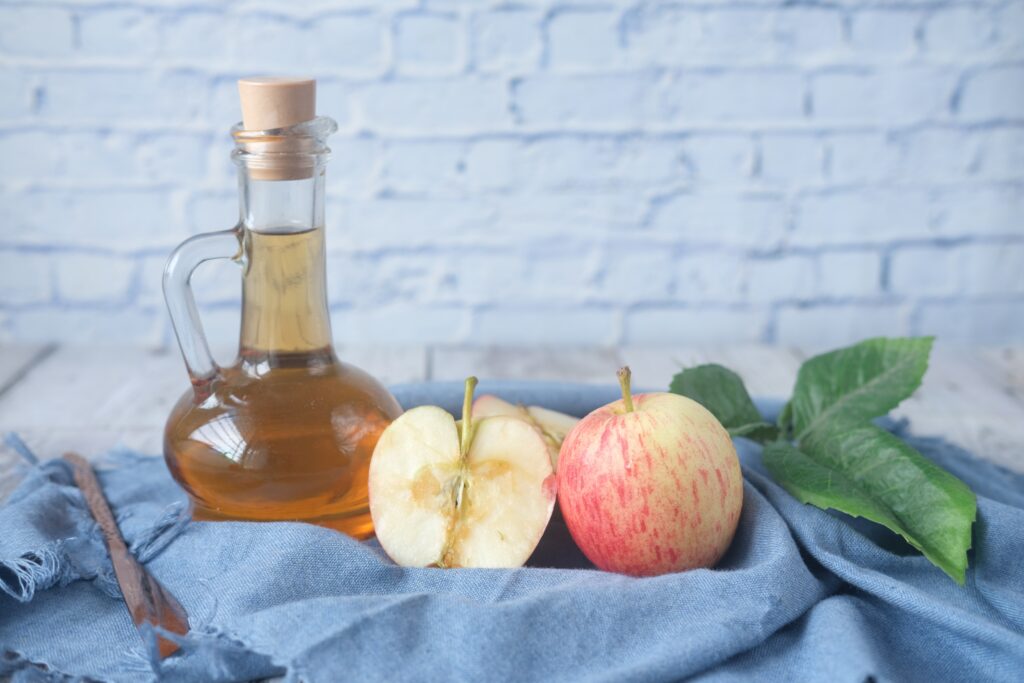
However, be cautious when using vinegar which is very much diluted acetic acid, on metals. Acetic acid is mildly corrosive on metals like iron and zinc while readily reacting with magnesium. Acetic acid can make acetate compounds of the metals reacting with it. The reaction rates will speed up if vinegar is heated.
Some heat or boil the acrylic painted surface in vinegar until the paint softens and easily removes. However, I advise against using a metal pan when heating or when the acrylic painted surface is metal. Regardless it is safer to avoid heating acrylic paint as it is plastic. Heating may emit harmful fumes.
However, vinegar which is acetic acid can be harmful if swallowed or inhaled in large quantities. Acetic acid may cause reproductive toxicity. Be cautious when you are using vinegar in high concentrations.
5. Chemical paint strippers
Many paint strippers on the market work on removing or damaging acrylic paint. Most paint strippers can remove multiple layers of paint including the primer, sealer, and top coating on wood, metal, and masonry surfaces. So after acetone paint strippers would strip and remove acrylic paint with ease.
Paint strippers remove a variety of paints and varnishes including acrylic paint. Most will remove acrylics, latex and oil-based paint, lacquer, varnish, enamel, polyurethane, epoxy, and shellac. After applying the paint stripper the paint will become blistered or liquefied.
However, most paint strippers cannot be used on surfaces like fiberglass, plastics, or any other synthetic surface. Also, you need to follow health and safety precautions when dealing with most paint strippers. Always read the label of the paint stripper and the SDS (safety data sheet) of the particular product to know specific safety precautions for the product.
In general, paint strippers are flammable, and contain loads of health and safety warnings on their labels. Paint strippers are such chemicals that you need to use with care and proper precautions. Only use them with adequate ventilation. Protect hands with chemical-resistant gloves and eyes with chemical splash goggles and wear a NIOSH-approved respirator.
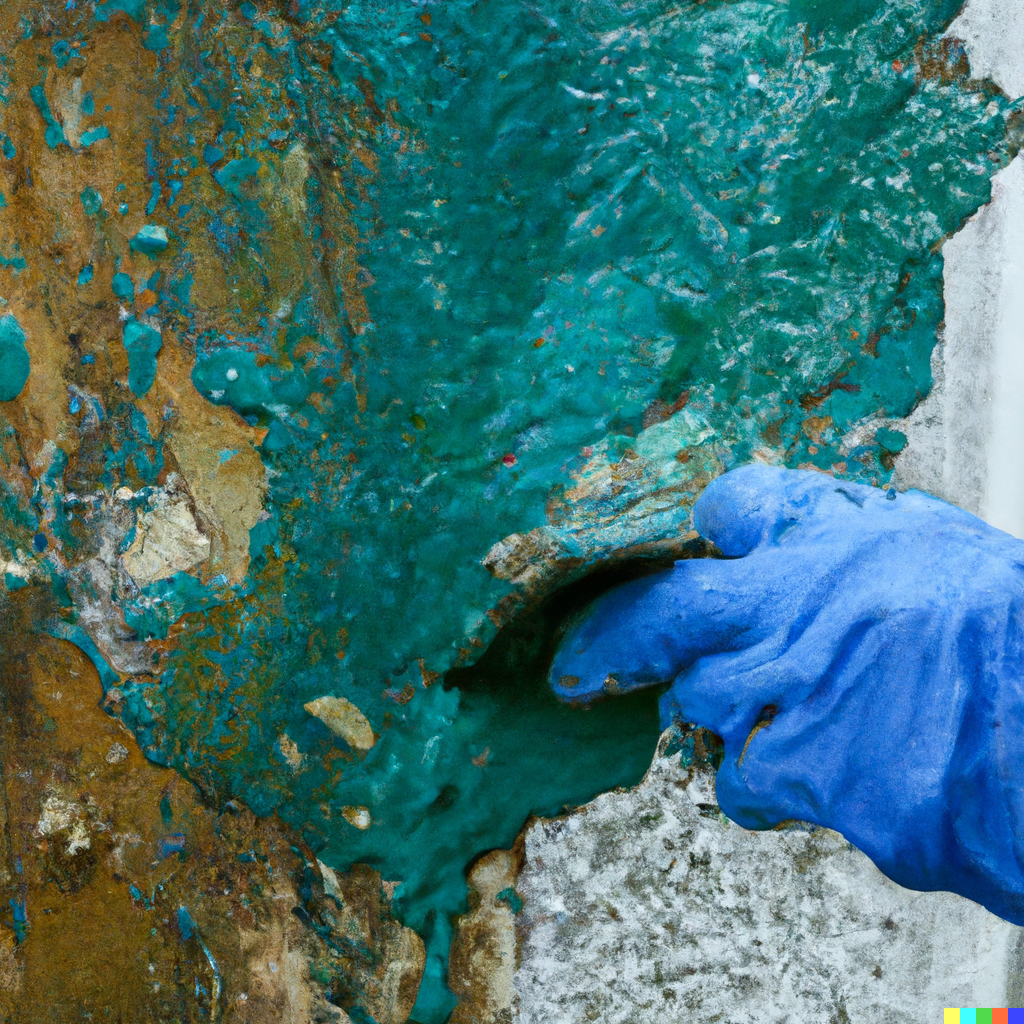
Some paint strippers available on the market strip the paints easily and quickly while some other paint strippers need time to do their job. Paint strippers are usually thicker in consistency so you can apply them on both horizontal and verticle areas. Gel paint strippers are less evaporating. They slowly release the stripping chemicals onto the paint.
One paint stripper I have seen many successes with and quick paint stripping is Jasco Premium Paint and Epoxy Remover (affiliated link). Its main ingredient is Dimethyl Carbonate (DMC) but also contains Dimethyl Sulfoxide (DMSO). Another good paint stripper is Savogran Superstrip which contains DMC but also uses very effective Dioxolane.
Citristrip is one of the most popular paint strippers. It contains Benzyl Alcohol with a smaller amount of Butyl Digylcol (DEGBE). However, it is a much slower paint striper and most of the time you will have to leave the paint stripper on the surface overnight to remove acrylic paint properly especially if the surface is primed and varnished.
Usually, low odor, creamy consistency paint strippers like Citristrip are less caustic and less harsh. But they take more time to perform. However, leaving wax paper or plastic wrap on top of the paint stripper (like Citristrip) is a great hack to keep the product wet and for easy removal of paint. You just need to pull off the wax paper or plastic wrap. The paint would easily come off with it.
Some other paint strippers you can use are Aircraft paint remover and Sunnyside 2 Minute Remover.
Goo Gone Paint Clean-Up
If you want to clean small paint splatters and spills on the surface, Goo Gone Paint Clean-Up (affiliated link) can quickly remove them. It can even be used on verticle surfaces. It is not caustic and harsh as other chemical paint strippers. The product is only 42.7 ¢/oz.
6. Oven cleaner
Spray the oven cleaner onto the acrylic painted surface and wait 2 hours or overnight for the foam to penetrate the paint. Then Wipe clean with a wet sponge, cloth, or paper towel. Alternatively, you can cover the sprayed surface with wax paper or plastic wrap and then pull the cover off to remove the paint.
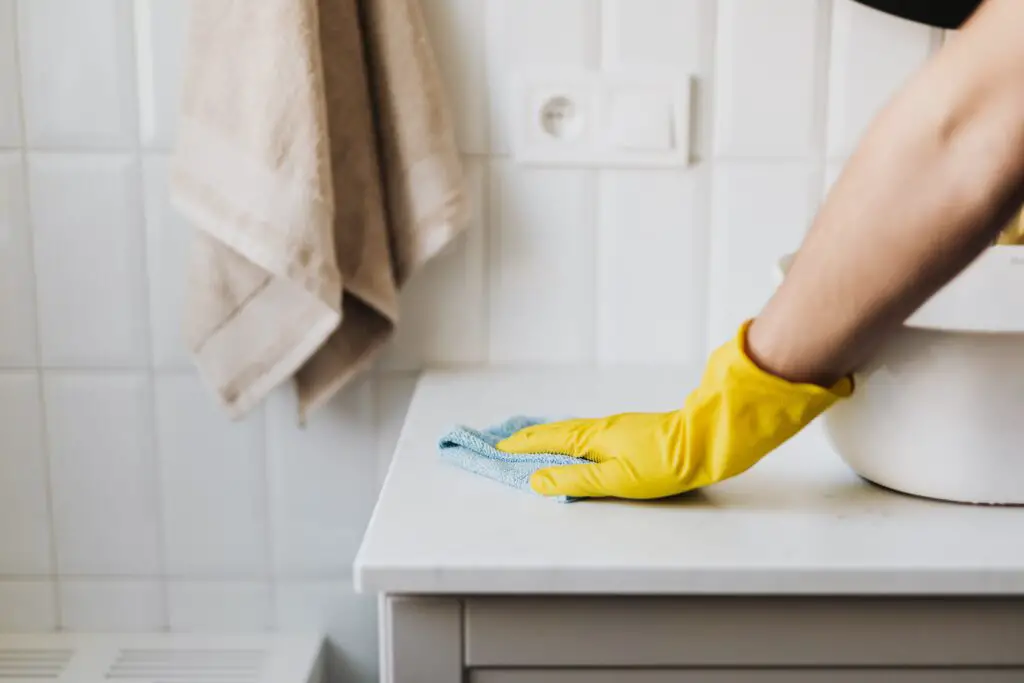
You can use the oven cleaner on any porous or nonporous surface except aluminum surfaces. Use soap and water to clean off the oven cleaner in the end. If there are stubborn paint patches scrub with steel wool.
Oven cleaners are intended to remove tough baked-on spills on surfaces like the oven, grill, and broiler. They are also great for everyday spot cleaning. However, you can use an oven cleaner to strip paint, even though it is not the intended use of this.
On oven cleaner labels they warn you of using it on painted surfaces as it can damage the paint. So it can be used to our advantage when we want to damage and remove the paint.
Most oven cleaners like Easy-off Oven Cleaner (affiliated link) contain Ethanolamine and Dipropylene Glycol Propyl Ether which are not caustic and do not produce harmful fumes. So they can be used for everyday cleaning, without protective gloves. However, you need to wash your hands after cleaning and avoid eye contact.
7. Baking soda (Sodium Bicarbonate)
Baking soda is used in baking as well as for general cleaning purposes. However, it is an alkaline compound and can be used to strip away paint easily. First mix some baking soda in hot or boiling water, then immerse the surface with paint in it for an hour or more. You will see paint loosen up from the surface.
You can use baking soda or sodium bicarbonate to remove paint on plastic, rubber, leather products, fabric, metal, and glass. Sodium bicarbonate is considered a safer compound according to EPA Safer Choice.
Be careful of the pan you are using to contain the baking soda solution as it can damage the pan but is safer for us. Use an inert glass container for this purpose. Baking soda can remove any type of paint whether it would be acrylic, oil, latex, or enamel paint.
When baking soda (or sodium bicarbonate) is dissolved in water, it decomposes into carbon dioxide and sodium carbonate at about 20 °C and completely on boiling. Also, alkalinity can increase as the solution is heated. Weak acids can readily decompose baking soda.
8. Ammonia
Ammonia is an alkaline chemical paint stripper like vinegar. Ammonia is a base that acts by increasing the PH of the acrylic polymer. As a result acrylic paint starts to loosen the bonds with the painted surface. It becomes very easy to peel. Always take necessary precautions when handling chemicals like ammonia.
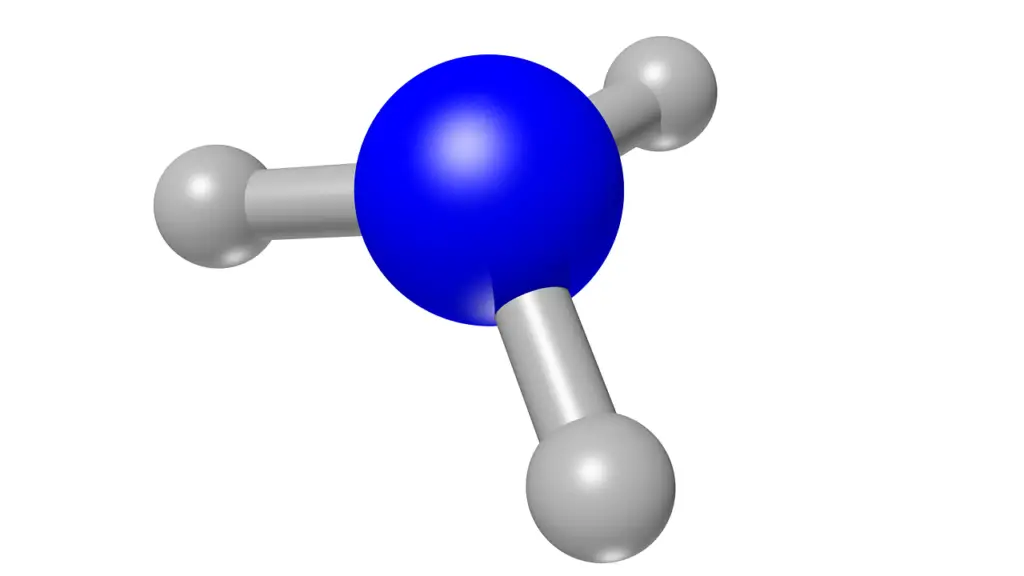
However, paint stripping with ammonia is inefficient. You can get an ammonia solution that contains 5 – 10% of ammonia or less. The higher the percentage of ammonia, the more corrosive it would be.
Use recommended respirator masks, gloves, and protective clothing when using ammonia. Because skin and eye contact with ammonia can irritate. If the concentration of ammonia is higher it can cause severe injury and burn to the eye and skin upon contact(source).
9. Magic eraser
Mr. Clean Magic Eraser is one of the most popular solutions among artists to remove and scrub off paint. The Magic Eraser is made from melamine foams. If you do not have Magic Eraser which is the brand name, melamine foams will work the same.
Rub the wet Magic eraser on the acrylic paint stains you want to remove. It works by being micro abrasive like very fine grit sandpaper. Magic Eraser exfoliates the paint rather than dissolves it. However, it is best for smaller acrylic paint stains rather than for larger areas of acrylic paint to remove.
If you are interested to know how to remove acrylic paint from walls in detail, using the Magic Eraser and other methods you can read the article ‘Can acrylic paint be washed off walls? (6 Best methods)‘.
10. Heat gun
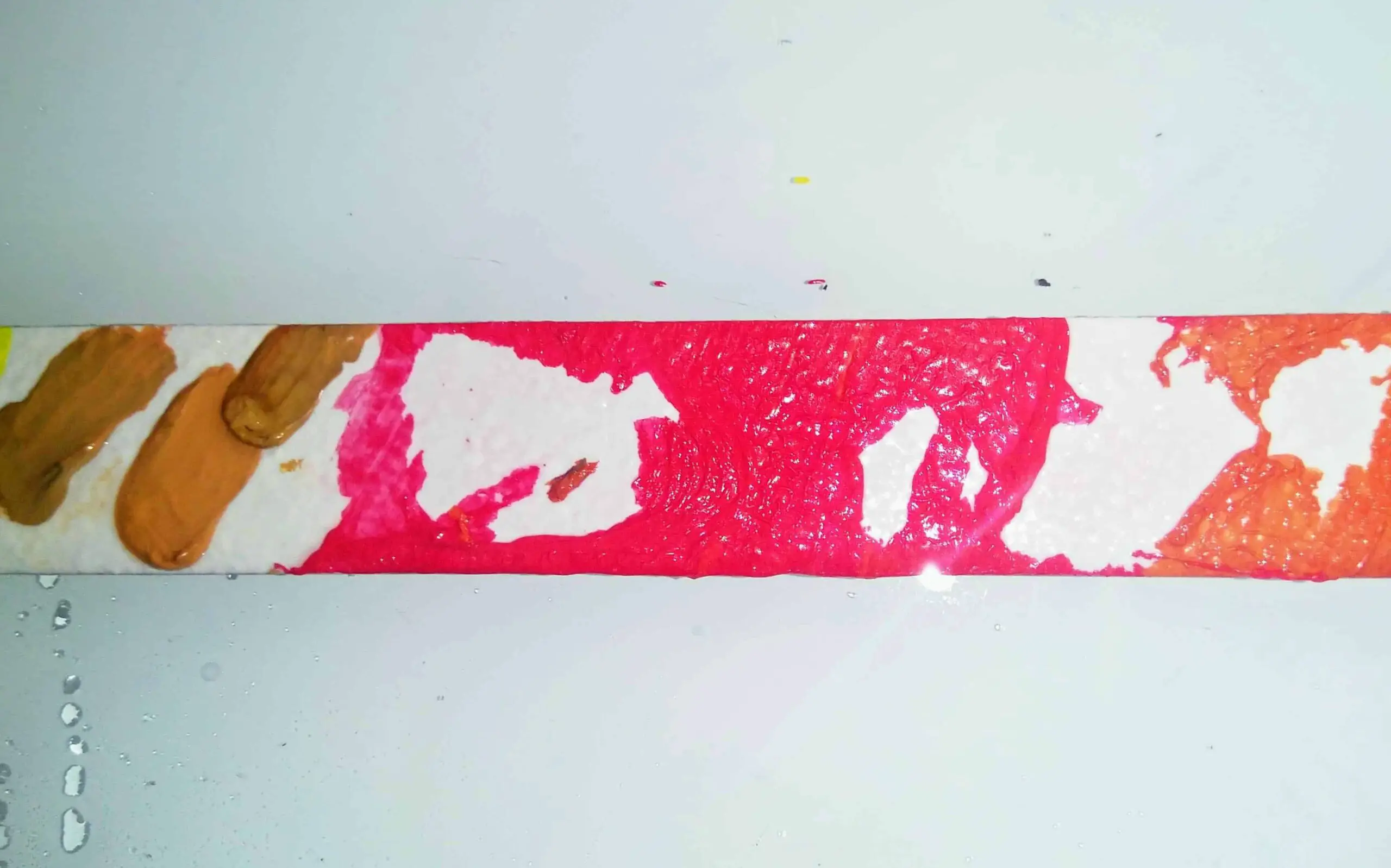
Some prefer to heat acrylic paint, let the paint deform and bubble, and then peel off the paint. You can use a heat gun for this purpose. However, you should not consider heating acrylic paint which is plastic because it may emit harmful fumes that are irritating.
If using a heat gun to deform and remove acrylic paint, you need to hold the heat gun in one place until the paint reaches the temperature where it bubbles. You will see acrylic paint bubbling and boiling when the temperature of acrylic paint is >100oC/212oF.

Do not go back and forth when using the heat gun as it may not heat the acrylic paint enough. When the paint starts to bubble you can use a putty knife or a paint scraper to scrape off the paint. Using a heat gun to remove acrylic paint is also an inefficient method and consumes a lot of electric power by the heat gun.
11. WD-40
WD-40 is a product made to use on metal to prevent rusting, lubricate and drive out moisture. However, it can be useful in removing paint spray droplets from metal. Spray WD-40 onto the acrylic paint droplets and start rubbing using a rag or similar material.
As mentioned above it works best to remove paint splatters and will not work on stripping a well-painted surface especially if there are multiple coats of paint, that are varnished and on a primed surface.
WD-40 emits extremely flammable aerosol. So, keep away from heat. May cause eye and respiratory irritation upon contact. Skin contact may cause drying of the skin. For more safety information visit the Material Safety Data Sheet (MSDS) of WD-40.
Conclusion
As you might know by now there are so many chemicals and materials that can be used to strip and remove acrylic paint. However, if you are experimenting with different paint removal methods make sure not to let any paint stripping chemicals mix unless you know the reactions that would occur. Always start from the minimally invasive method (water in this case) first and go towards more harsher and efficient methods last.

